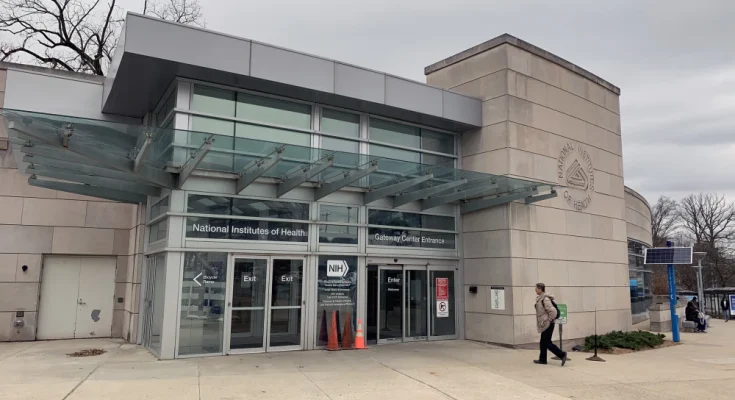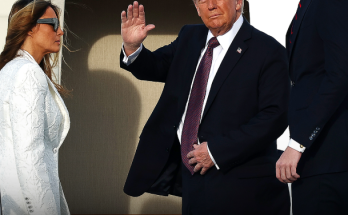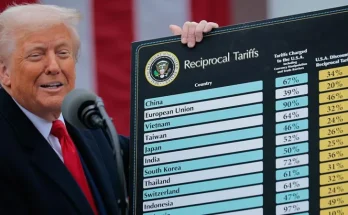The agency estimated that it could save $4 billion by capping indirect costs at 15%.
NIH Announces Major Cuts to Indirect Research Funding, Sparking Controversy
The National Institutes of Health (NIH) has announced a significant policy shift, limiting indirect funding for research projects to just 15%. This decision, revealed Friday by the agency’s Office of Policy for Extramural Research Administration (OPERA), marks a dramatic reduction in financial support for research institutions.
In the fiscal year 2023, NIH allocated $9 billion of its $35 billion research budget to cover indirect costs—expenses such as equipment, maintenance, accounting, and personnel. Under the new guidelines, these expenses will be significantly curtailed, with potential consequences for universities and research institutions nationwide.
How Indirect Funding Works
When a scientist secures an NIH grant—say, $500,000 per year—their institution also receives an additional percentage to cover indirect costs. These rates, previously negotiated between the NIH and institutions, have typically ranged between 27% and 28%, sometimes even higher.
“The indirect system makes sense to a certain extent. You need infrastructure to support research,” explained Michael Eisen, a biologist at the University of California, Berkeley. “I can’t build a new lab every time I get a research grant. I’m not paying for electricity, HVAC, or janitors—that’s what indirect costs cover.”
NIH’s decision to cap indirect funding at 15% was based on models used by private research foundations like the Robert Wood Johnson Foundation, the Carnegie Corporation of New York, and the John Templeton Foundation, all of which maintain indirect cost caps between 10% and 15%.
A Move to Prioritize Direct Research Funding
In its memo, OPERA emphasized that the U.S. should lead the world in medical research, making it imperative to allocate as much funding as possible directly to scientific work rather than administrative overhead. The agency estimates the change could free up $4 billion for direct research efforts.
Backlash from the Research Community
However, scientists and university administrators have strongly criticized the policy, warning of dire consequences. Many argue that cutting indirect funding will cripple essential research infrastructure, jeopardizing lab spaces, staff, and critical supplies.
“A sane government would never do this,” said Jeffrey Flier, former dean of Harvard Medical School.
Eisen echoed these concerns, calling the current indirect funding system “byzantine and opaque” but arguing that NIH’s approach is a blunt and ill-conceived solution. “I understand the desire to scrutinize university spending—administrations have grown, and overhead costs are high. But this move shifts the financial burden from the federal government to universities, many of which simply don’t have the resources to compensate for these cuts,” he said. “If the policy stands, it will inevitably lead to less biomedical research.”
Political Reactions and Future Uncertainty
Katie Miller, a Trump administration appointee to the newly formed Department of Government Efficiency (DOGE), celebrated the move, posting on X (formerly Twitter): “President Trump is doing away with Liberal DEI Deans’ slush fund. This cuts just Harvard’s outrageous price gouging by ~$250M/year.” She accused institutions like Harvard of exploiting high indirect cost rates to pad their budgets.
Meanwhile, the NIH remains without a confirmed director. Trump has nominated Dr. Jay Bhattacharya, a Stanford University professor, for the role, though his confirmation hearings have yet to be scheduled.
As universities and researchers scramble to assess the impact of the policy change, the debate over funding priorities in scientific research continues to escalate. Will this shift ultimately enhance research efficiency, or will it stifle innovation by stripping institutions of crucial support? Only time will tell.



